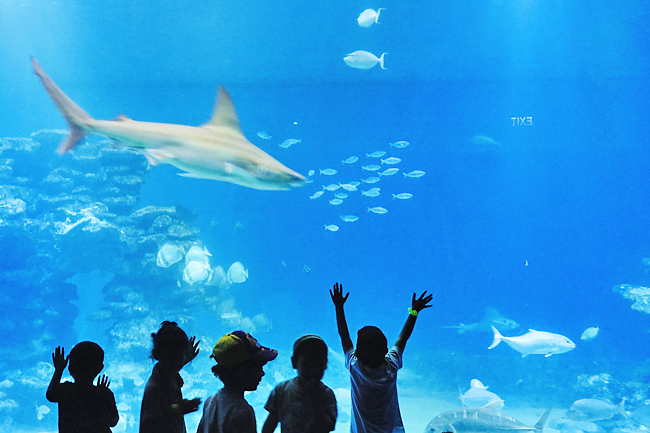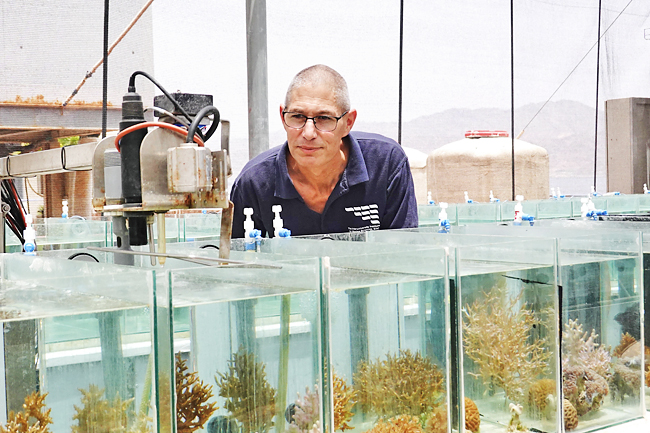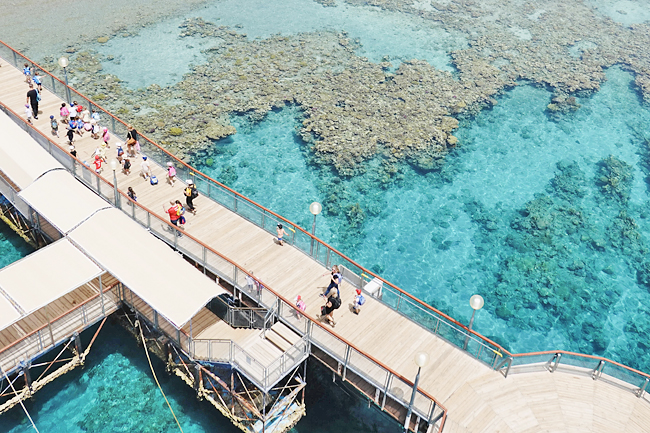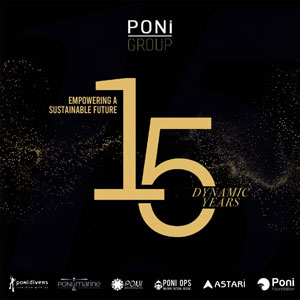Wang Zhuolun
JERUSALEM (XINHUA) – Amid summer heatwaves, flocks of snorkelers seek coolness and colourful corals in the southernmost Israeli city of Eilat, a popular Red Sea resort.
Meanwhile, on the shore, some corals placed in water tanks are also eye-catching basking in the sun, though not for exhibition, yet for scientific experiments against the backdrop of the growing global climate challenges.
“Here we are at the Red Sea simulator where experiments simulating future conditions in the Red Sea are run,” head of Laboratory for Coral Reef Ecology at the Interuniversity Institute for Marine Sciences in Eilat Maoz Fine told Xinhua.
“The reason why we aim to predict future conditions is mainly because coral reefs are suffering and dying throughout the world,” he explained.
Covering only 0.2 per cent of the ocean floor, coral reefs are home to at least a quarter of all marine animals and plants. A special report on the impact of global warming released by the Intergovernmental Panel on Climate Change, a United Nations body, found coral reefs were likely to decline between 70 and 90 per cent if the temperature increased by 1.5 degrees Celsius.



Located at nearly 29 degrees north latitude, the northern end of the Gulf of Aqaba is rich in coral and other marine biodiversity and is believed as the habitation of one of the northernmost shallow water coral reefs in the world and the more resistant to climate change.
“We started simulating future conditions in the Red Sea to learn about how our corals here in the Gulf of Aqaba are doing with respect to elevated temperature, ocean acidification, and more local disturbances. We were amazed to find corals here are relatively resilient to climate change,” Fine said, noting that no coral bleaching and mortality events have been found in the area.
“Corals usually bleach at one to two degrees above the summer thermal maxima. Here in the Gulf of Aqaba, they can withstand five and six degrees above that threshold,” explained Fine.
According to Fine, the simulator system works by pumping water from the sea into the incubators, and then scientists change the conditions including temperature, ocean acidification and some other local stresses.
After being exposed for extended periods, sometimes months or over a year, the corals are taken to the lab for “thorough experiments” such as physiology, as well as photosynthesis and respiration rate checking.
Additionally, a robot is equipped to help with data collection. Moving from one tank to the next carrying on its arms, the machine is installed with cameras and sensors for oxygen, temperature, pH value, and salinity.
Terming the Gulf of Aqaba as a “Coral Refuge”, Fine said when researchers elevate the temperature during the Red Sea simulator experiment, some corals even perform better.
“They are maybe the only corals out there in the world that enjoy rising temperatures.”
Talking about the reason for the resilience of corals in the Gulf of Aqaba, Fine believed it is a result of natural selection.
“Some 7,000 years ago, the corals began to inhabit the southern part of the Red Sea with summer seawater temperatures reaching 33 or 34 degrees. Only those who survived the conditions managed to migrate eventually to the northern part of the Gulf of Aqaba, where temperatures are seven degrees lower than the southern Red Sea. This gives them the advantage, so they were selected for thermal tolerance and can enjoy much cooler temperatures here,” he said.
Corals are very sensitive and fragile creatures, so scientific research is premised on no damage to the natural ecology. Fine noted that all the corals are cultivated in a nursery underwater at the sea. When scientists prepare corals for the experiments, they will bring them to the tanks of the simulator.
“We never take the corals from the reef because we cannot afford to damage these amazing creatures,” he stressed.







